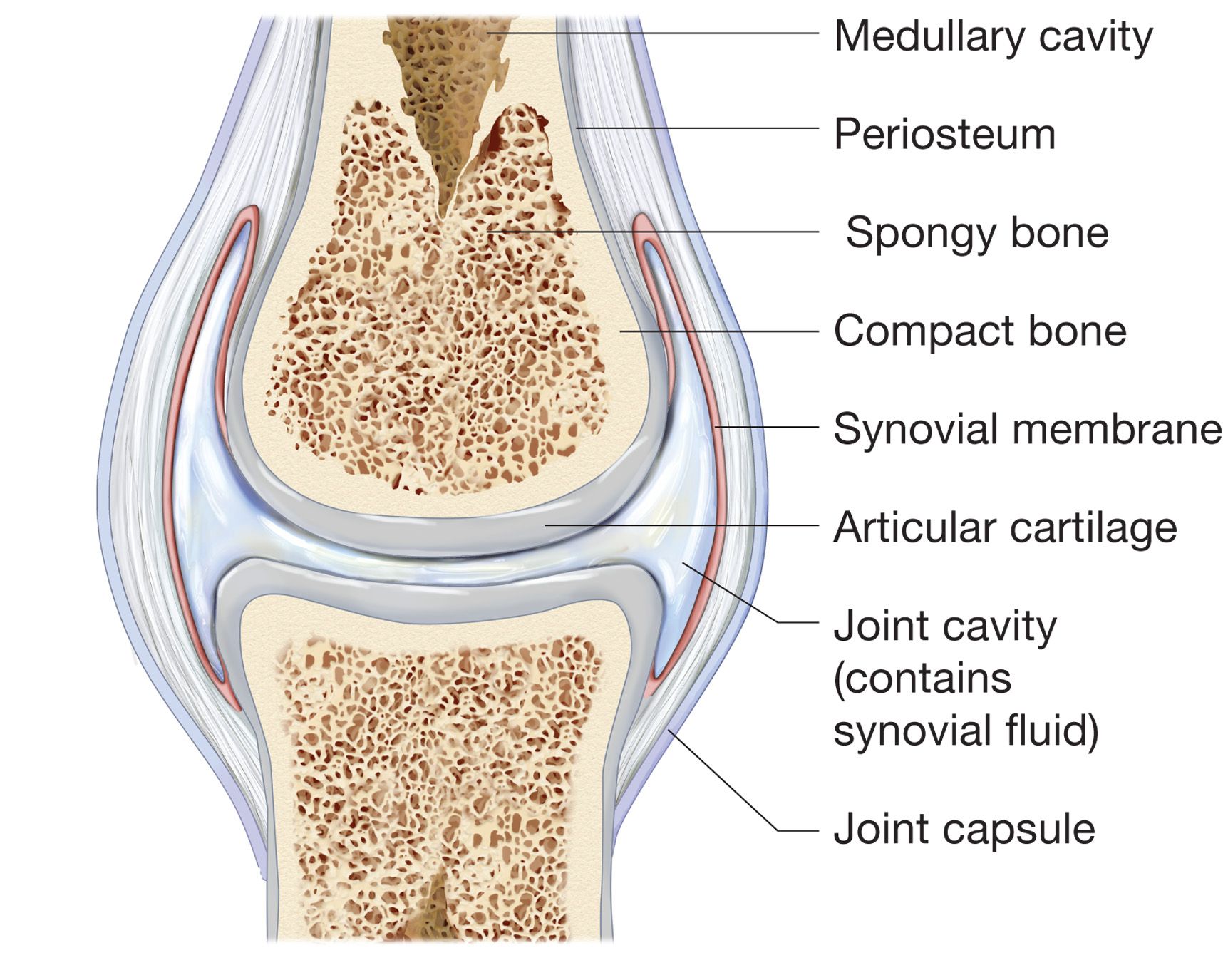
Happy Joints
Body weight, movement and the quest for happy joints
The human body is an incredibly complex, efficient and resilient machine that is built for one thing, movement. Yes, I understand that movement is a very general term but when you look at everything that we do it relates to some element of movement. Whether it is a fine motor task like sewing or typing or a large complex movement like swinging a golf club or swimming, our bodies thrive and strive to move.
In recent TED talk Daniel Welpert discussed the idea that the sole purpose of our brain is to create “adaptable and complex movements.” Food for thought, but some of the most basic elements of the human body, digestion, circulation, respiration and joint health all rely on movement. I’m not suggesting that these processes are simplistic by any means, but they are basic systems of our body that require movement as a component of how well they function.
As a physical therapist and a movement specialist, one of the things that I commonly address in my practice is how to keep someone moving. Most of my patients seek my advise to help deal with some element of pain and dysfunction that always relates back to movement and the impact it has on their day-to-day life. The pain in their shoulder limits their ability to raise their arm and now they are having difficulty washing their hair. Or the catch in their knee doesn’t allow them to bend it as much as they need to and now they can’t go up stairs without pain. By having a better understanding of how joints work, factors that negatively impact a joint and ways to maintain good joint health, it will become clear that proper movement under optimal loads can help us reduce some of the factors associated with joint pain.

Joints, an overview
There are various joints in the human body that are named based upon their shape, function and contents. Comprised of synovial fluid, articular cartilage, articular capsule, synovial membrane, ligaments, blood vessels and nerves, synovial joints represent the majority of the joints of the upper and lower extremities. These joints rely substantially on joint loading as a way to stay healthy. The cartilage of synovial joints can be thought of like a dense sponge that is absorbing the fluid in the joint to maintain optimal health while slowly releasing naturally occurring waste products for our bodies to remove. When we stand we load the knee joint and this compresses the cartilage, squeezing out additional waste. As the load is released the cartilage has the ability to absorb additional nutrient rich fluid. This process is carried out constantly as we load and unload our joints throughout the day and is necessary for our joints to function optimally.
Joint pain risk factors
Proper joint health requires a certain amount of compression and movement, but what happens when the load is excessive or beyond the body’s ability to control? Elevated BMI, muscle weakness and decreased joint stability have all been linked to pain and dysfunction in joints. In recent study it was noted that women with an elevated BMI, >30, had a risk of 24% for developing knee OA compared to those with a BMI 5 points lower had reduced their risk to 16%. Inadequate dynamic stability, the ability to control joints during movement, can increase the likelihood of shear and compressive forces on joint surfaces. Overtime this has the ability to cause pain, dysfunction and may contribute to early osteoarthritis. These undesired movement patterns can be related to muscle weakness but external variables such as shoes can also impact the forces that our joint experience, particularly the foot/ankle complex, knee, hip and spine.
Keep’em moving, keep’em happy
Movement is a necessary component to keep a joint well hydrated, lubricated and the tissue in and round the joint mobile, allowing for pain free movement. Given that we know of the various types of factors that can negatively impact our joints here are several key elements to proper joint health.
- Mobility of muscles, the nervous system and joint structures is vital for proper movement of the human body. You need to have proper mobility before you can even think about loading the body with more force or weight. Poor mobility, leads to poor form, which can leave you susceptible to preventable pain and injury.
- Move and move often but find a suitable form of exercise that your body can adequately perform without pain.
- Be aware of how much activity you are doing in a given workout or during a given week to avoid over training. You can exercise daily but by varying your intensity you can give your body necessary “active rest” to allow for proper physical recovery and healing time.
- Shoe type will vary depending on your foot and body structure. Not everyone needs to or should be in a minimalist shoe. But not everyone needs an arch support either. Proper fitting by a knowledgeable health professional or shoe specialist is key. And if high heels are in your closet, pack them up and ship them out! Too many reasons to list here but your feet, ankles, knees, hips and spine will thank me.
- Strength training is necessary but functional training is key. You can have a strong quadriceps muscle but if you don’t have proper lower extremity mobility, stability and functional strength you can run the risk of injury
- Maintaining a proper body weight can reduce the forces applied to joints


